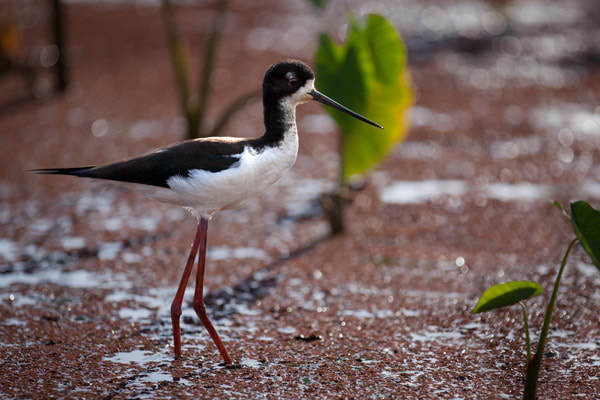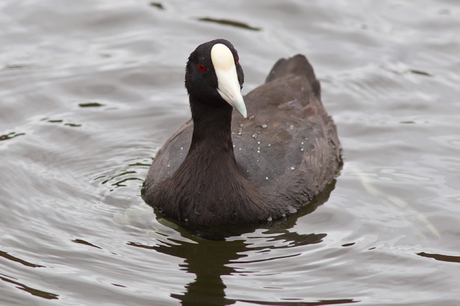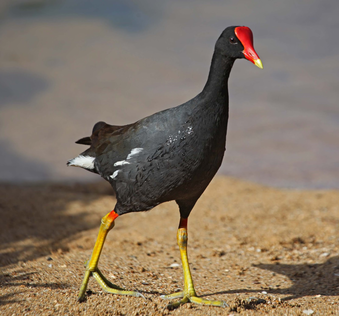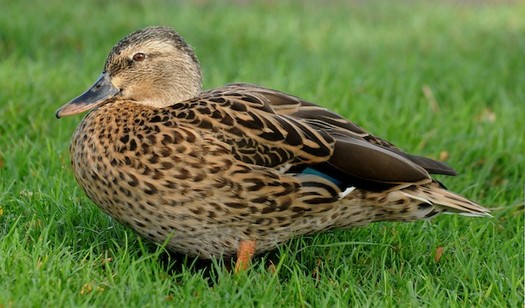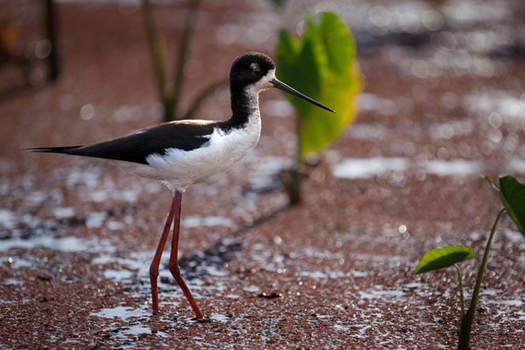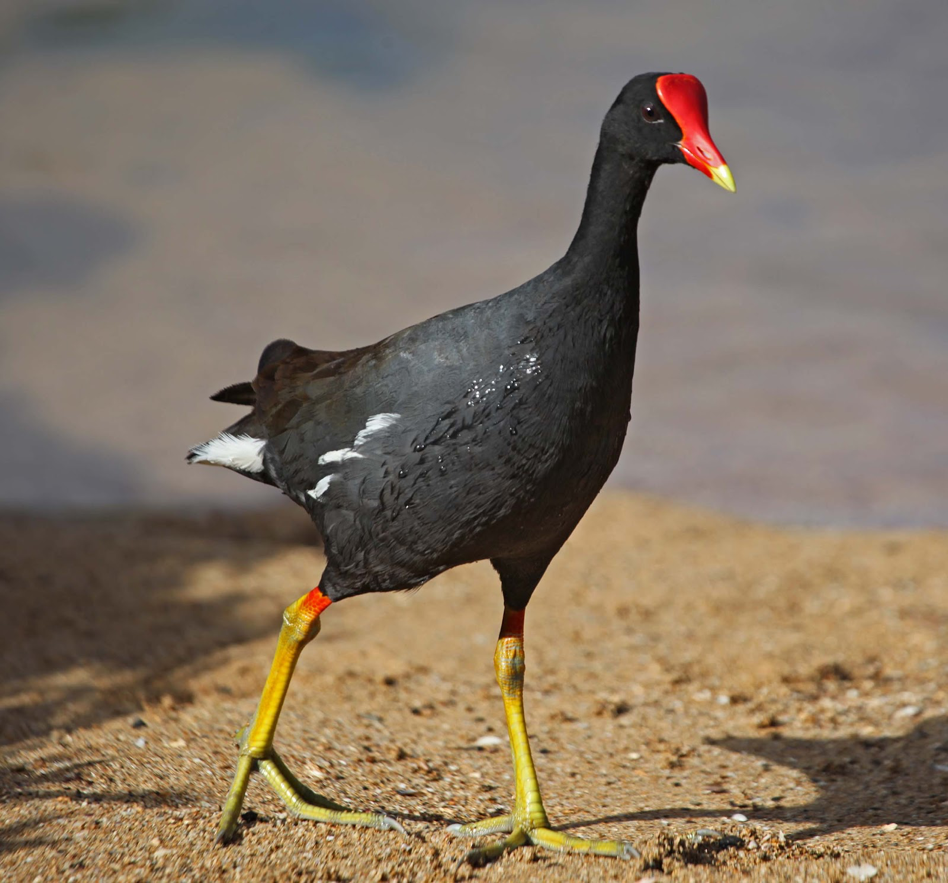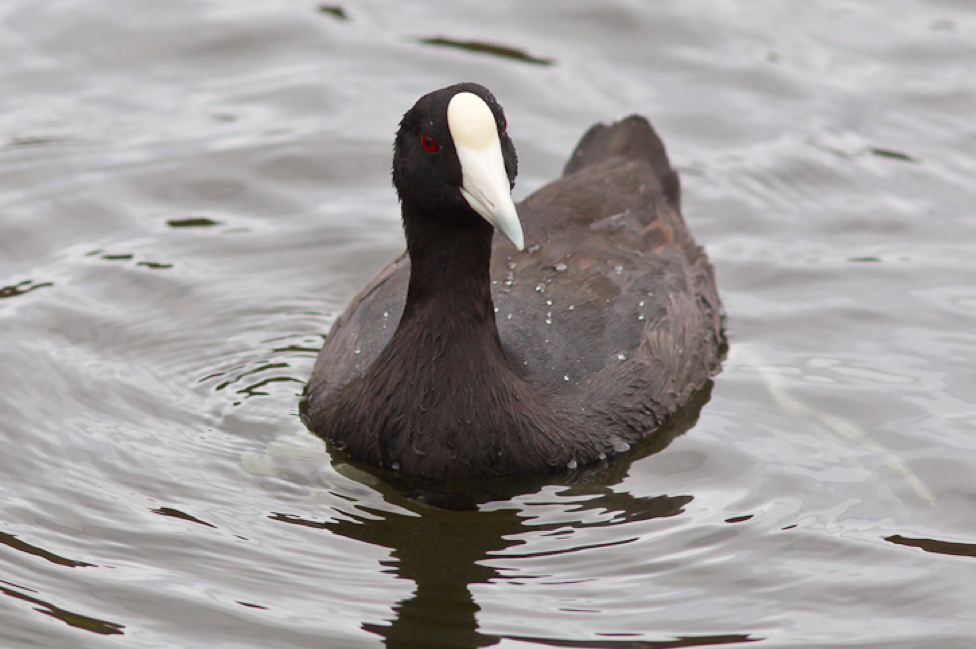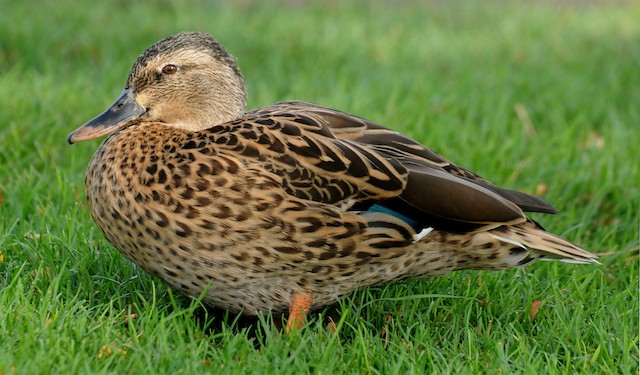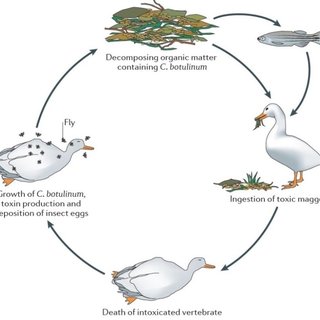Moʻolelo of kawai nui |
Kawai nui Wetlands |
|
The Mo‘olelo discussed how long ago the wetlands was so large, that the fish would not know when they were in the mountain streams or whether in the wetlands. The only way in which they were able to determine this was
due to the noises that the ‘Alae‘Ula would make since there were so many as well as the Ae‘o, which had long legs that the fish were able to see underwater. Once the fish were able to hear the sounds and see the legs they knew that they had finished their journey and have made it home. Having these birds able to thrive in these wetlands allowed meant that there was enough fish for these animals to also live and grow. Since the wetlands was used as a fishpond, this process would then allow for the native people to obtain their food. (P1) |
Kauai Nui found in Kailua, O‘ahu is the largest wetland on the island with nearly 830 acres of land. It was originally used by the first polynesians that arrived to the island of O‘ahu. The land served as a production for their taro and fishponds until the Europeans came into the islands. The land began to degrade because of the lack of upkeep and began to be used as a flood control and dump for automobiles. The push for this culturally significant area has been fought for protection since the early 1960s. In 2005, the cultural and biological history the wetlands contains for both the native peoples and the organisms’ habitats allowed for the Ramsar Wetland of International Importance giving much greater protection and preservation for this area. (P2)
|
HAwaiian Stilt/ Aeʻo |
HAwaiian Moorhen/ ʻalae ʻula |
|
Ae‘o (one standing tall) can live in diverse aquatic habitats but needs specific water depths and vegetation cover. They need at least a water depth of 5 inches (13 cm) which creates the ideal environment for foraging.
This is great for stilts to look for invertebrates and aquatic organisms like worms, crabs, and fish. The nests are located near the bodies of water, but are usually separated with the site they feed. (S1) Photo Credit: Sean Mars (S2)
|
The ‘Alae ‘Ula (red forehead) are known to be the most secretive native waterbird. In Hawaiian legend, they were thought to bring fire to the Hawaiian people from the gods. The Hawaiian moorhen are found in freshwater wetlands, taro patches, irrigation ditches, reservoirs, and wet pastures. They prefer to be near open water around the dense vegetation and live around water depths of less than 3 feet (1 meter). The ideal water for them would be fresh water, but they can also live in saline or brackish-water. The Hawaiian moorhen‘s nesting time is believed to be consistent with the water levels and vegetation growth.The diet consists of mollusks, insects, and aquatic plants. (S3)
Photo Credit: Nancy Johnston (S4)
|
HAwaiian coot/ ʻalae keʻokeʻo |
HAwaiian Duck/ KOloa Maoli |
|
‘Alae Ke‘oke‘o live around fresh and brackish-water wetlands and ponds. The Hawaiian coot‘s diet consists of seed, insects, leaves of the aquatic plants as well as aquatic organisms such as tadpoles and small fish. They build their nests on top of the water which floats like a boat and the adults are always protecting it and looking out for their eggs in case any predators come by. (S5)
Photo Credit: Greg Lasley (S6)
What affects water fluctuations and quality
|
Koloa (native duck) live in the lowland wetlands, river valleys, and mountain streams. They travel in paris because they are known to be very cautious. The Koloa‘s diet consists of mollusks, insects, and freshwater vegetation. Their nests are found on the ground making it a high risk for the eggs to be eaten by predators such as mongoose, cat, pig, and dog. (S7)
Photo Credit: Steven Mlodinow (S8)
why are our native birds becoming endangeredPhoto Credit: Cedric Woudstra (S10)
The cause of these native water birds becoming endangered are thought to be
by the cause of a type of avian botulism called "carcass-maggot cycle." 1. The birds are thought to eat maggots and zooplankton in the water that contain toxin. 2. The birds eventually die and become a breeding site for the C. botulinum and toxin production. 3. Insects like flies can deposit their eggs to the birds carcass. 4. The new maggots feed on the carcass and also feed on the toxins along with it. 5. These maggots are eventually eaten by birds again and the cycle starts over again.The cause of these native water birds becoming endangered are thought to be by the cause of a type of avian botulism called "carcass-maggot cycle." (P6) |
WHY IT IS IMPORTANT TO FIND
|
|
works cited
Primary Sources: (P)
- Kanahele, George S. “ The Hawaiian Renaissance .” The Hawaiian Renaissance , Polynesian Voyaging Society Archives, May 1979, kapalama.ksbe.edu/archives/pvsa/primary 2/79 kanahele/kanahele 10.htm.
- Yuen & Associates, George A.L. Environmental Assessment for Maunawili Stream - Kawai Nui Marsh: Based on Recommended Instream Flow Standard. Commission on Water Resource Management, 1994
- Rajwa-Kuligiewicz, Agnieszka, et al. Dissolved Oxygen and Water Temperature Dynamics in Lowland Rivers over Various Timescales. Vol. 63, 2015.
- Morrill, Jean C., et al. “Estimating Stream Temperature from Air Temperature: Implications for Future Water Quality.”Journal of Environmental Engineering, vol. 131, no. 1, 1 Jan. 2005, pp. 139–146., doi:10.1061/(asce)0733-9372(2005)131:1(139).
- Tang, J Y, et al. “[Effects of Aquatic Plants during Their Decay and Decomposition on Water Quality].” Advances in Pediatrics., U.S. National Library of Medicine, Jan. 2013, www.ncbi.nlm.nih.gov/pubmed/23717994.
- Conley, Kai, et al. “Kawainui Marsh Restoration Project.” Kawainui Marsh Restoration Project, Oahu Forestry and Wildlife Program, 27 Sept. 2016,hbmpweb.pbrc.hawaii.edu/dlnr/projects/sanctuaries/kawainui.
- “Kawainui Marsh Restoration Project.” Kawainui Marsh Restoration Project , Oahu Forestry and Wildlife Program, 1 Dec. 2009, hbmpweb.pbrc.hawaii.edu/dlnr/projects/sanctuaries/kawainui.
- Pacific Region Group, Web Development. “Hawaiian Stilt - Pacific Islands Fish and Wildlife Office.” Greater Sage-Grouse | Species Information, U.S. Fish and Wildlife Services, 20 Sept. 2012, www.fws.gov/pacificislands/fauna/stilt.html.
- Stilt pic
- Pacific Region Group, Web Development. “Hawaiian Moorhen - Pacific Islands Fish and Wildlife Office.” Greater Sage-Grouse | Species Information, U.S. Fish and Wildlife Services, 20 Sept. 2012, www.fws.gov/pacificislands/fauna/HImoorhen.html.
- Johnston, Nancy, and William Johnston.Hawaiian Moorhen. Kauai, HI, 30 Nov. 2010. http://www.nejohnston.org/birds/bird_HawaiianMoorhen.shtml
- Pacific Region Group, Web Development. “Hawaiian Coot - Pacific Islands Fish and Wildlife Office.” Greater Sage-Grouse | Species Information, U.S. Fish and Wildlife Services, 13 June 2013, www.fws.gov/pacificislands/fauna/HIcoot.html.
- Lasley, Greg.The Hawaiian Coot. Kailua, Aug.2012. http://greglasley.com/hawaiiancoot.html
- Pacific Region Group, Web Development. “Hawaiian Duck - Pacific Islands Fish and Wildlife Office.” Greater Sage-Grouse | Species Information, U.S. Fish and Wildlife Services, 20 Sept. 2012, www.fws.gov/pacificislands/fauna/HIduck.html.
- Mlodinow, Steven.Hawaiian Duck. Ko Olina, HI, 6 Aug. 2012.https://ebird.org/media/catalog?regionCode=US&date.yearRange=YALL&taxonCode=hawduc&mediaType=Photo&sort=rating_rank_desc
- Gallant, Micah. “Nitrates and Their Effect on Water Quality – A Quick Study.” Wheatley River Improvement Group, Partnership For Environmental Education and Rural Health, 16 Aug. 2010, www.wheatleyriver.ca/media/nitrates-and-their-effect-on-water-quality-a-quick-study
- Rossetto et al. “The Maggot Cycle.” Research Gate, 2014, www.researchgate.net/figure/The-maggot-cycle-From-Rossetto-et-al-2014_fig4_304792202?_sg=v_VA2nSL2KnKXWKT6AN3QY-_TN26Ri-S-Xt3RDDYsJpZL8dC47so17BRSrDCAZwCAS_-eNtJUmLJFYJLVQd-hA.
